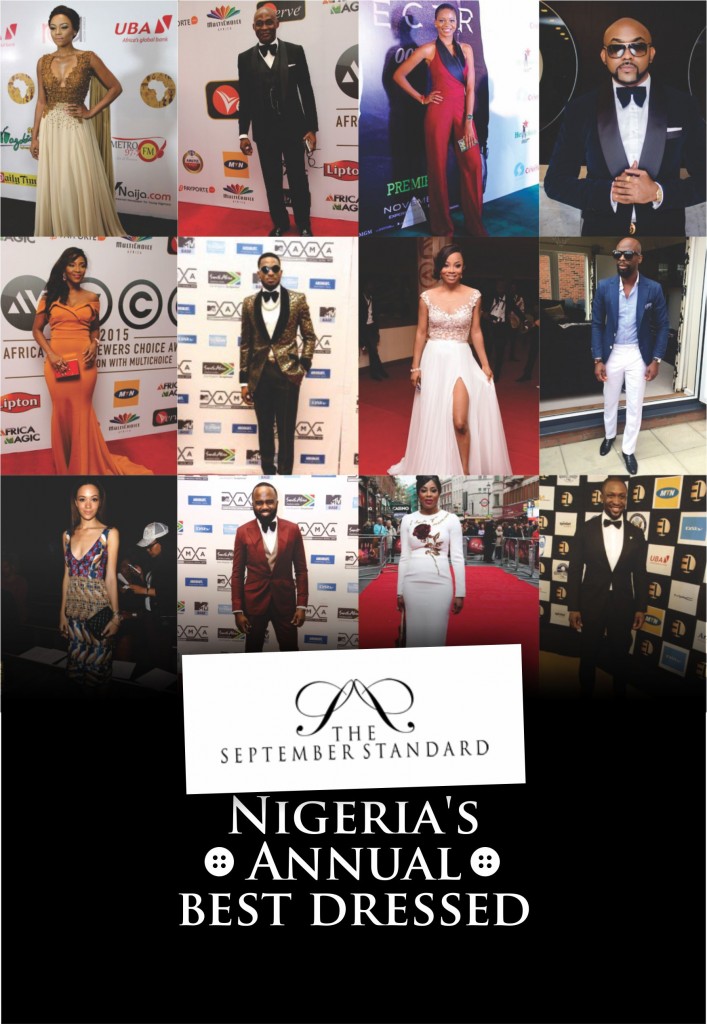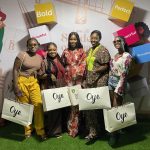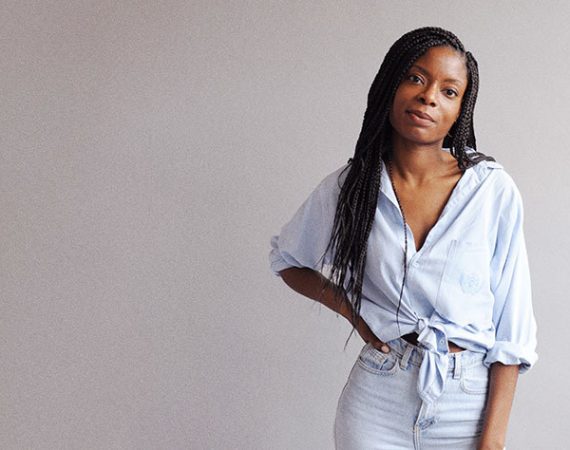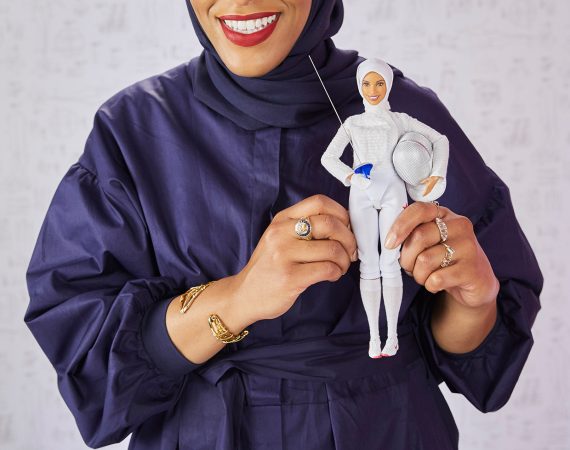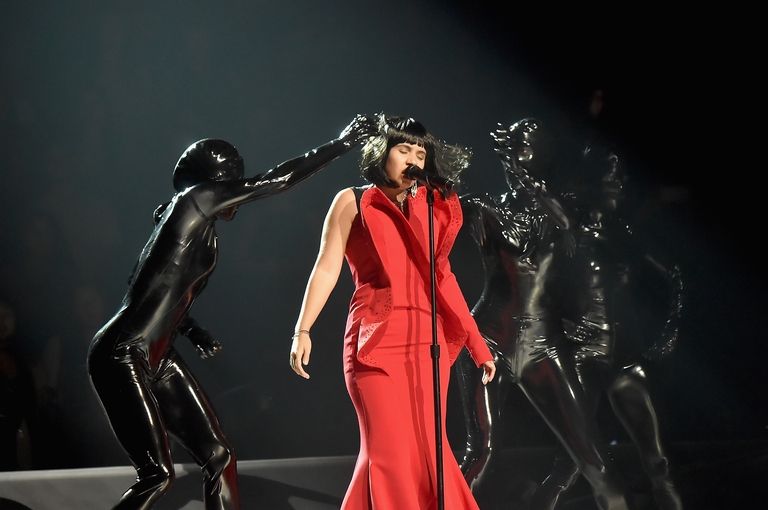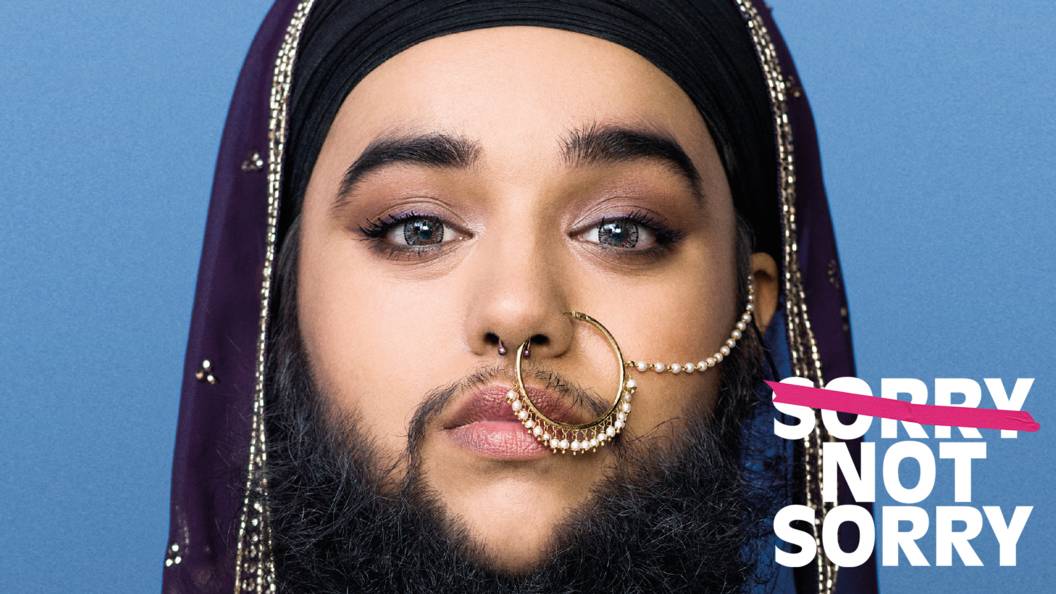I know I might end up sounding like ‘that person’, so I’ll just go ahead and take the mantle.
A good number of our designers need to stop putting out ‘collections’.
Our industry is plagued by a deliberate ignorance. As ‘alternative’ career choices such as high concept fashion design have only begun to gain ground against the STEM (Science, Technology Engineering and Mathematics) careers, a good number of the current crop of designers are ‘self taught’, two words that are used loosely to describe anyone with more than a passing interest in fashion. There really isn’t anything wrong with entering an industry somewhat ignorant of the rules that govern it. But it is irresponsible to stay ignorant, especially in this technological age where everything you wish to learn is merely an internet connection and a few key strokes away.
This ignorance reveals itself when emerging designers try to engage the structure that supports the fashion. It is glaring when an emerging designer calls her/his label a ‘luxury’ label with no access to any of the things that would qualify the label as such. These factors could be high quality, rare to find fabric or materials, superior tailoring or high income clientele. It is evident when they create clothes with no idea as to how to retail or market them, deciding instead to focus blindly on ‘fashion editorials‘ to somehow do the work. It is evident when these so called designers call every cache of clothes they make a ‘collection’ with no reference to the ideology the word connotes in the mind of an educated, buying public.
The word collection itself suggests its meaning; clothes curated and shown as a unit because they explore or address a similar idea.
There are many criteria that a label must meet before they can tag clothes made within the same period a collection.
- Collections by design labels must be functional and aesthetically pleasing. With the exemption of some haute couture collections which are made purely for conceptual satisfaction, clothes that cannot make the transition from runway to street have already failed.
- Collections by design labels must be united by one or more themes. This is why we have buzzwords like ‘trends’ and ‘themes’ that are used to describe collections. Because trends describe where a designer’s collection shares similarities with the work of other designers, and themes to describe the ideas that span through the individual collections, uniting individual pieces. Whatever your inspiration, your clothes must subtly or aggressively translate your inspirations.
- Collections by design labels must be easily recognizable as belonging to the design aesthetic of the label. Design aesthetic refers to the individual quirks and preferences of the designers that work on the collections of the labels. This is why international fashion houses have been merry go-rounding a handful of designers. They have a unique aesthetic, and buyers who are loyal to that aesthetic. A collection that looks like everyone else’s has already failed.
I could go on, but these three should give a general idea of why many ‘collections’ put out by Nigerian designers fall painfully short of being ingenious, or even professional.
Here is the twist, not every fashion brand is a design label. Eve and Tribe is a much loved fashion brand, but it is not a design label. Neither is Maju, or Frankie and Co, Grey Velvet’s in house fashion brand. Freeing themselves of the ‘design label’ tag frees these brands from the ethical and artistic obligations imposed on design labels. There is nothing wrong with being a mass market brand. The biggest fashion brand in the world Inditex (owners of Zara) run mass market/fashion brands.
And even if you feel you must have the ‘design label’ tag, you can still court a clientele and put out clothes without trying to pass them off as ‘collections’. Womenswear label Wana Sambo has changed her marketing strategy, choosing instead to debut new clothing by putting out a monthly collaborative editorial with a high profile fashion blogger. She gets the publicity for her new designs without the restriction of creating a multi-look, high concept editorial. We love Wana Sambo for that and she proves it can be done.
So, young designer, don’t allow yourself be pigeonholed into a cycle that even the biggest fashion houses in the world are jumping ship from. Find an alternative way to sell your clothes.

